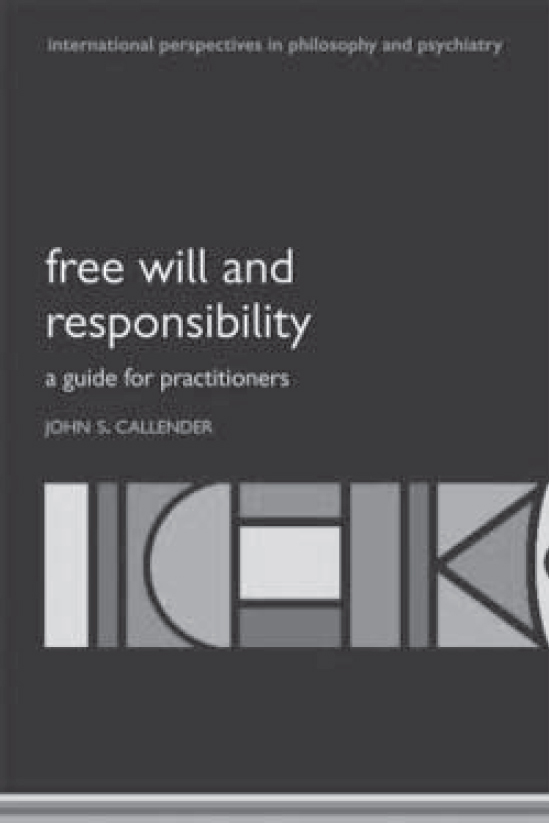
This book is a real treat. John Callender offers an engaging and rigorous account of how science and morality meet, addressing important issues which should be thought about and discussed well beyond academic circles.
In the first part, ‘Thinking about morality’, Callender tackles the following questions: how did morality evolve? Which role do emotions play in moral decisions-making? On what grounds is punishment for wrongdoing justifiable? Many of the scientific studies that have made an impact on thinking about morality and moral responsibility are described, their results assessed, and their implications explored. For instance, Haidt's social intuitionism model and Libet's studies on the causal (in)efficacy of conscious decisions are discussed at length. The main theories in moral and political philosophy are presented fairly, compared and challenged on both conceptual and empirical grounds. That is why this is not just a great prelude to what comes next, but also a useful and comprehensive introduction to ethics in its own right.
In the second part of the book, ‘Thinking about free will’, the reader appreciates more of Callender's own original thesis that the philosophical and practical problem of free will and moral responsibility can be enlightened by considering the role of spontaneity and creativity in art. The initial sections are a good critical summary of the literature on the alleged conflict between determinism and free will, and the implications that different solutions to this conflict have for moral responsibility and for reward and punishment. The later sections are where the author develops his idea that art and morals overlap and that moral judgements have a lot in common with aesthetic judgements.
The third part, on clinical applications, helps the reader apply the previous discussion to concrete cases of normal and pathological ‘lack of freedom’. One chapter is dedicated to psychopathic personality disorder, one to trauma and dissociation, and one to the several dimensions of psychotherapy.
The book is informative and thought-provoking. The author's most interesting suggestion about the notion of free will is that, by choosing to act in a certain way, we create ourselves.
The following quote aptly summarises what makes action free and autonomous for Callender: ‘One way in which we can utlize our creativity is in generating models of our futures, which allow us to achieve lives in keeping with our desires and capacities. These models then become one of the causal factors that determine the decisions that we make about our lives’ (p. 209).





eLetters
No eLetters have been published for this article.